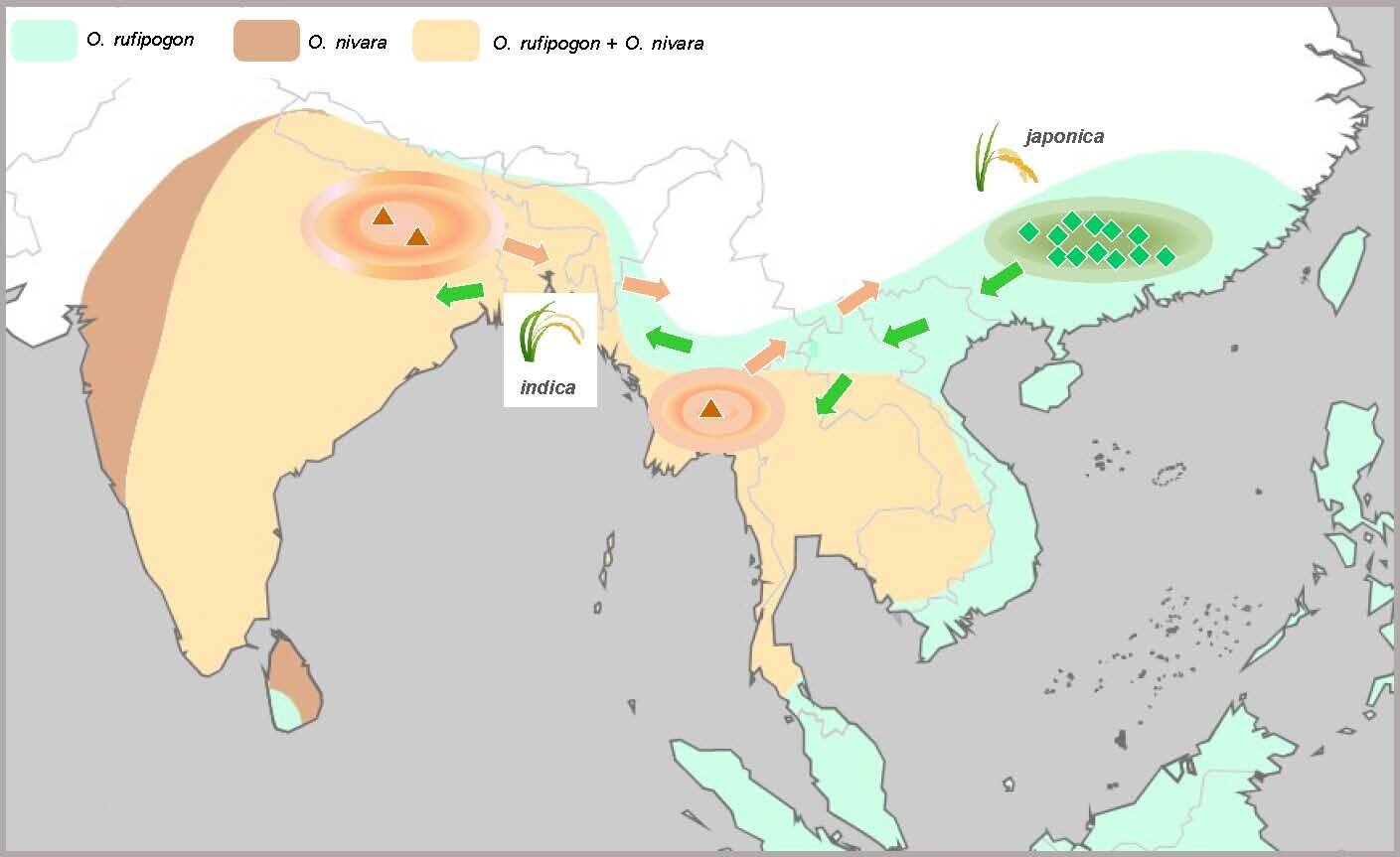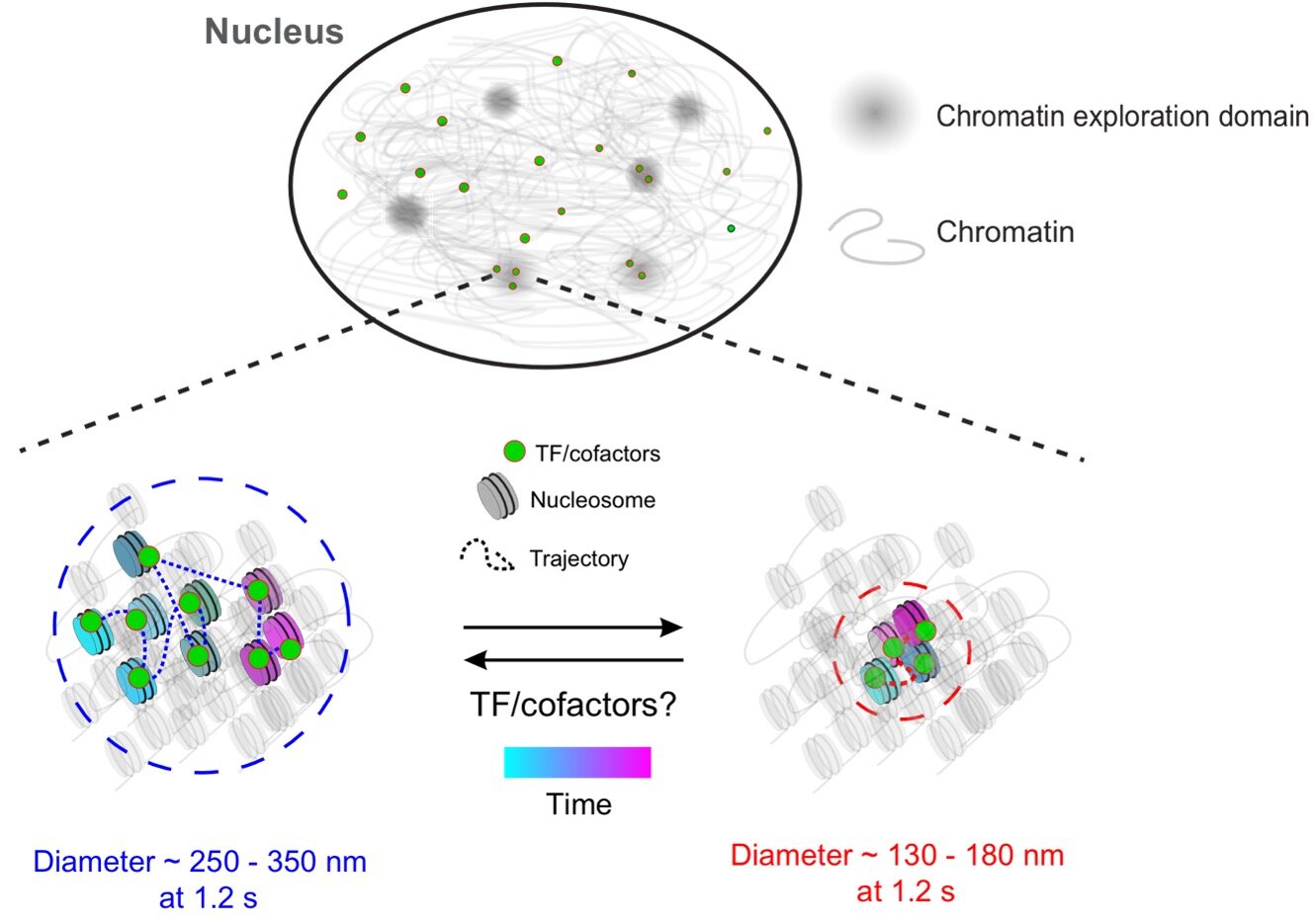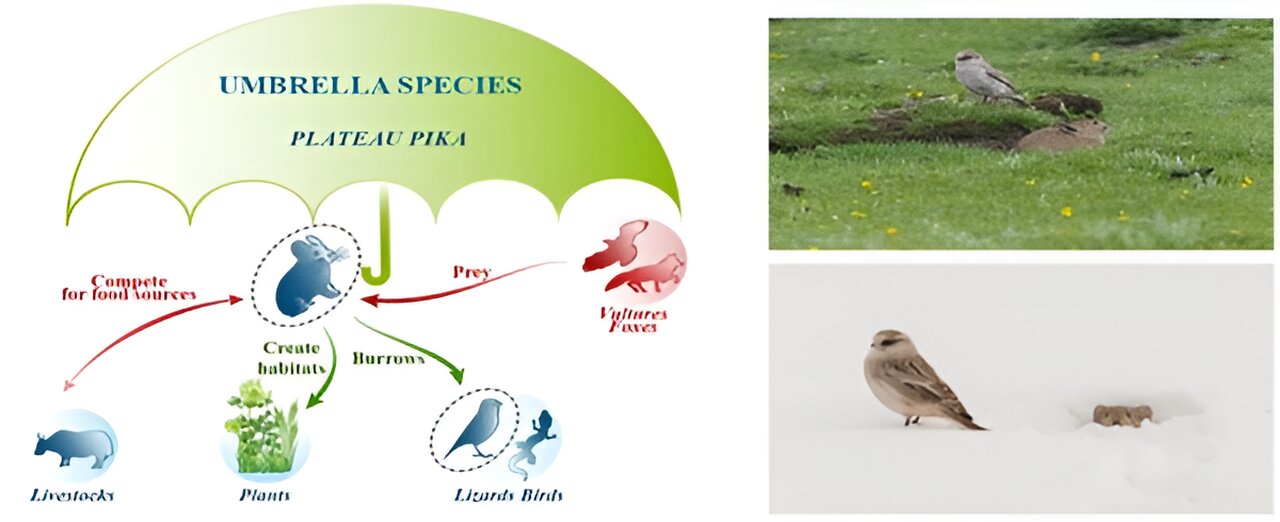In a groundbreaking study published in Nature Plants, researchers led by Prof. Ge Song from the Institute of Botany of the Chinese Academy of Sciences have uncovered the fascinating origins of Asian rice domestication. They have revealed that this process began independently in different regions, with continuous selection and the exchange of beneficial traits between different cultivar groups ultimately completing the domestication.
Domesticated Asian rice, known as Oryza sativa L., is not only a vital crop worldwide but also a valuable model for biological research. Despite extensive study, the origin of Asian rice domestication has been a subject of controversy for nearly a century. While two leading hypotheses (single vs. multiple domestication) have gained acceptance, the original debate has remained unresolved.
In this groundbreaking study, the researchers conducted extensive genome-level analyses to shed light on the domestication history of rice. They utilized a dataset of 459 newly re-sequenced and 1,119 publicly available genomes of wild and cultivated rice accessions.
By employing a novel strategy to test alternative hypotheses, the researchers identified 993 selected genes that were shared by both Japonica and Indica subspecies. This finding suggests that the domestication alleles of these genes originated only once in either Japonica or Indica.
Remarkably, the researchers discovered that the domestication alleles of the majority of these selected genes (~80%) originated from wild rice O. rufipogon in China. However, a significant minority of the selected genes (~20%) had their domestication alleles originating from wild rice O. nivara in South and Southeast Asia. These findings provide compelling evidence for separate domestication events for Asian rice in different regions.
Furthermore, this study has contributed valuable genomic resources, including 422 newly re-sequenced wild rice accessions verified through phenotypic examination. These resources will greatly facilitate future studies on rice genetics, evolution, and breeding.
The expanded dataset allowed the researchers to uncover the deep genetic structure and multiple distinct lineages within both wild and domesticated rice. This provides a more comprehensive phylogenetic framework for understanding the evolutionary history of domestication genes.
In a surprising twist, the researchers also found that some selective sweep regions in rice contained genes from different evolutionary origins. This discovery challenges the previous practice of reconstructing a single phylogeny based on concatenating sweep regions to infer domestication history.
“This study has important implications for other domesticated species, especially those with complex evolutionary histories defined by widespread and continuous gene flow among cultivars and lines,” said Prof. Ge Song, the corresponding author of the study.








